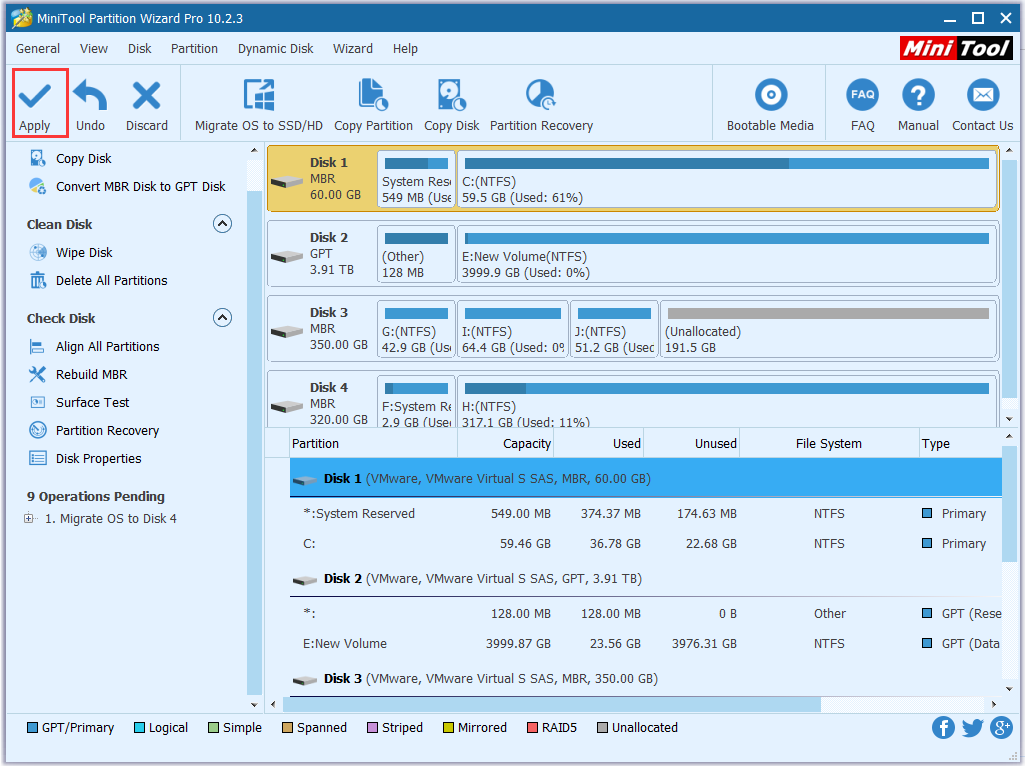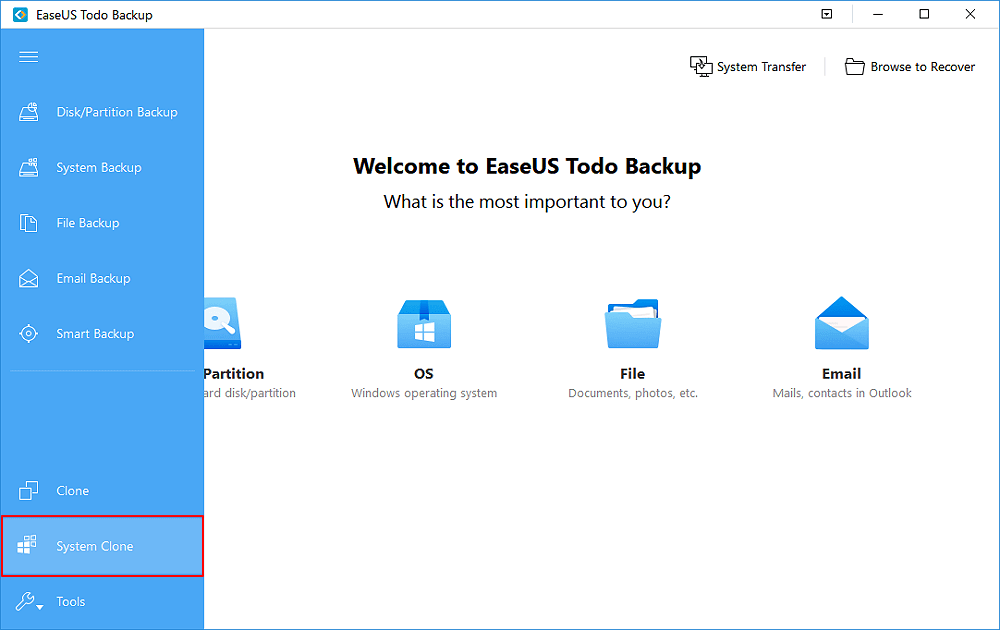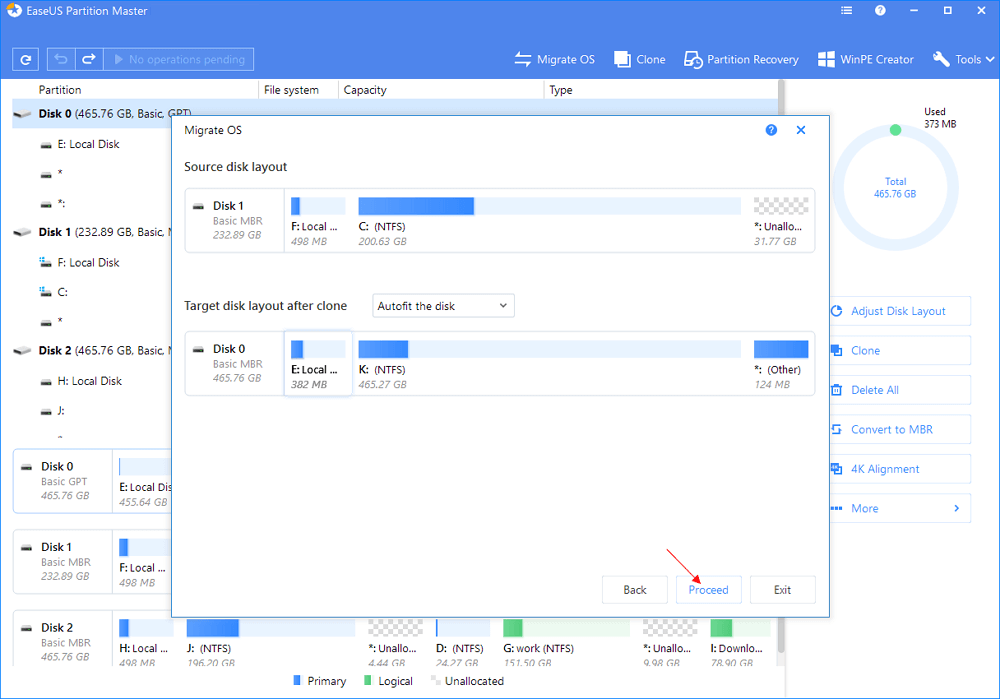

Do a device-to-device, partition-to-partition copy for all the partitions you're attempting to move to the new device. You may be able to get away with just a win10 startup repair bootable USB for the windowsey USB stick, but I found it was easier to get the win10 installation media. You should now have two USB sticks, one loaded with clonezilla, one loaded with the win10 installer.

Download a windows 10 installer using the windows 10 installation media creation tool.

Download clonezilla to a bootable USB using tuxboot.You don't have to format them, filling them with data comes later. In diskmgmt.msc, add matching partitions as found in your source disk.In diskmgmt.msc, make sure to initialize your SSD to the appropriate boot style (MBR or GPT).You are done once your source partition is <= the size of the destination SSD. Just keep trying to shrink in diskmgmt.msc and going to event viewer to the details of the most recent "defrag" event to figure out what file is getting in the way of your shrinking mission. You will likely have to turn off system restore and the pagefile/hibernation to avoid their otherwise-unmoveable files that are plopped physically in the middle of the partition. Using start->run->diskmgmt.msc, you have to repeatedly try to shrink the partition. First, shrinking the existing partitions.Fortunately, they hadn't used much of the 500GB partitions.



 0 kommentar(er)
0 kommentar(er)
